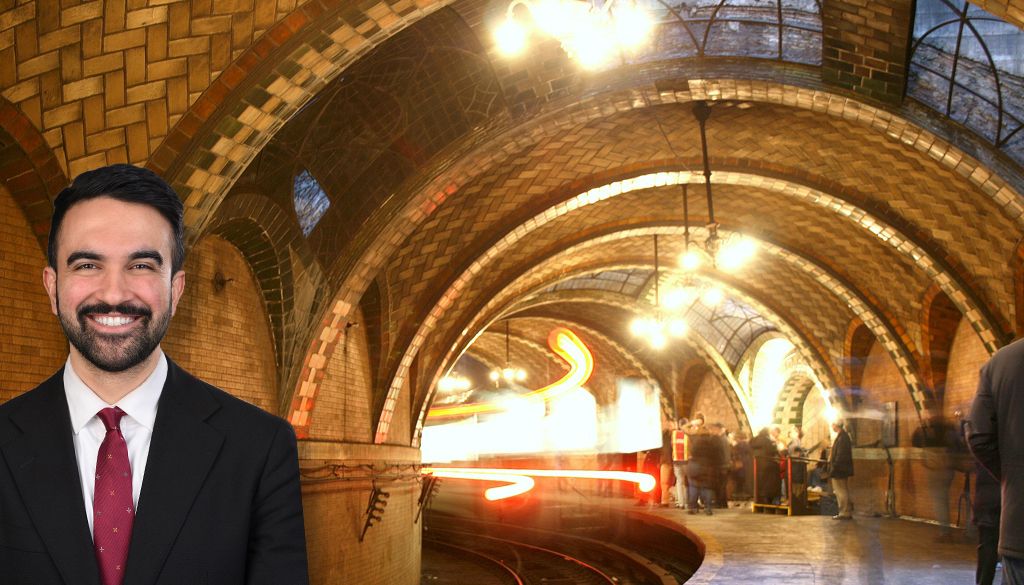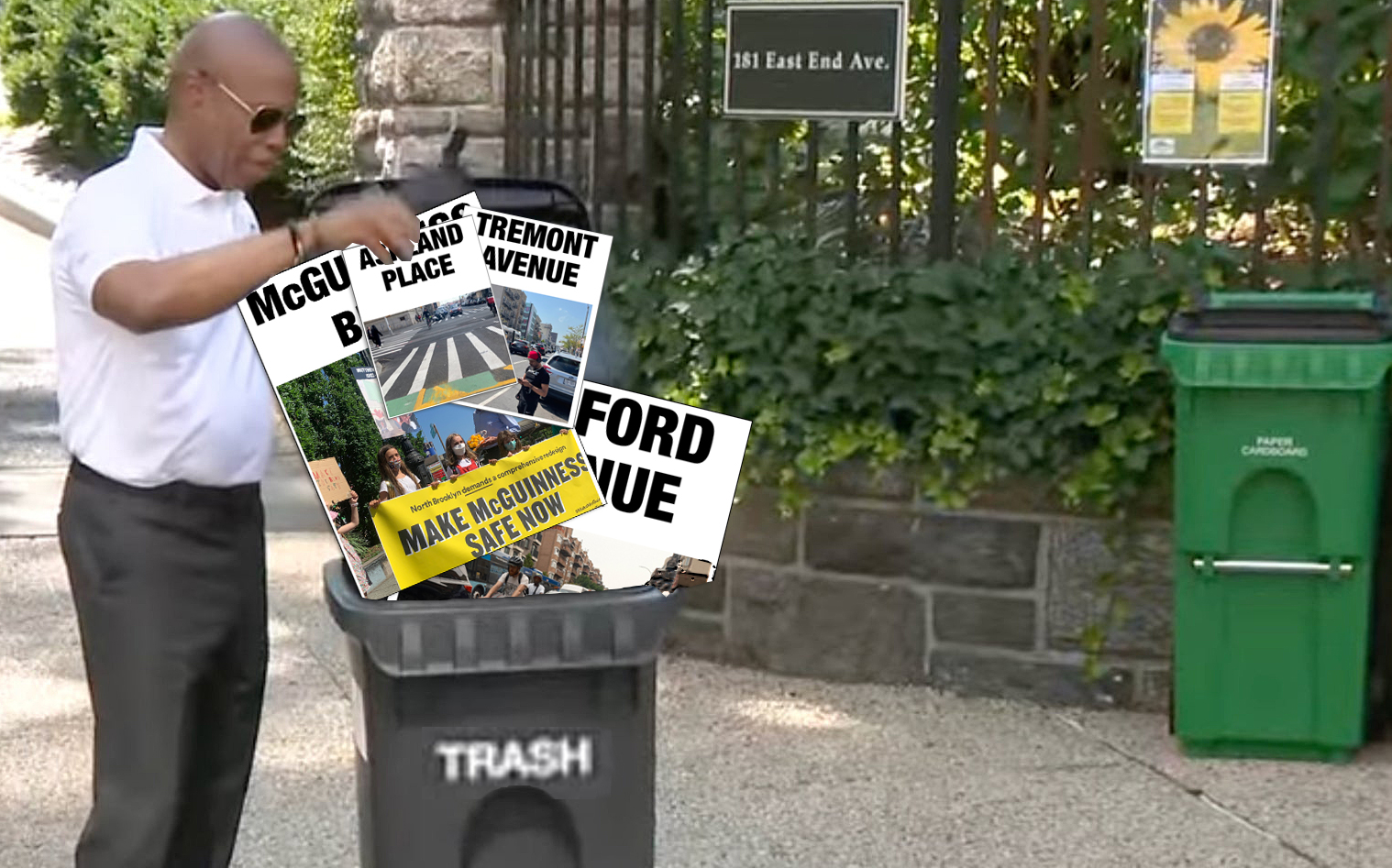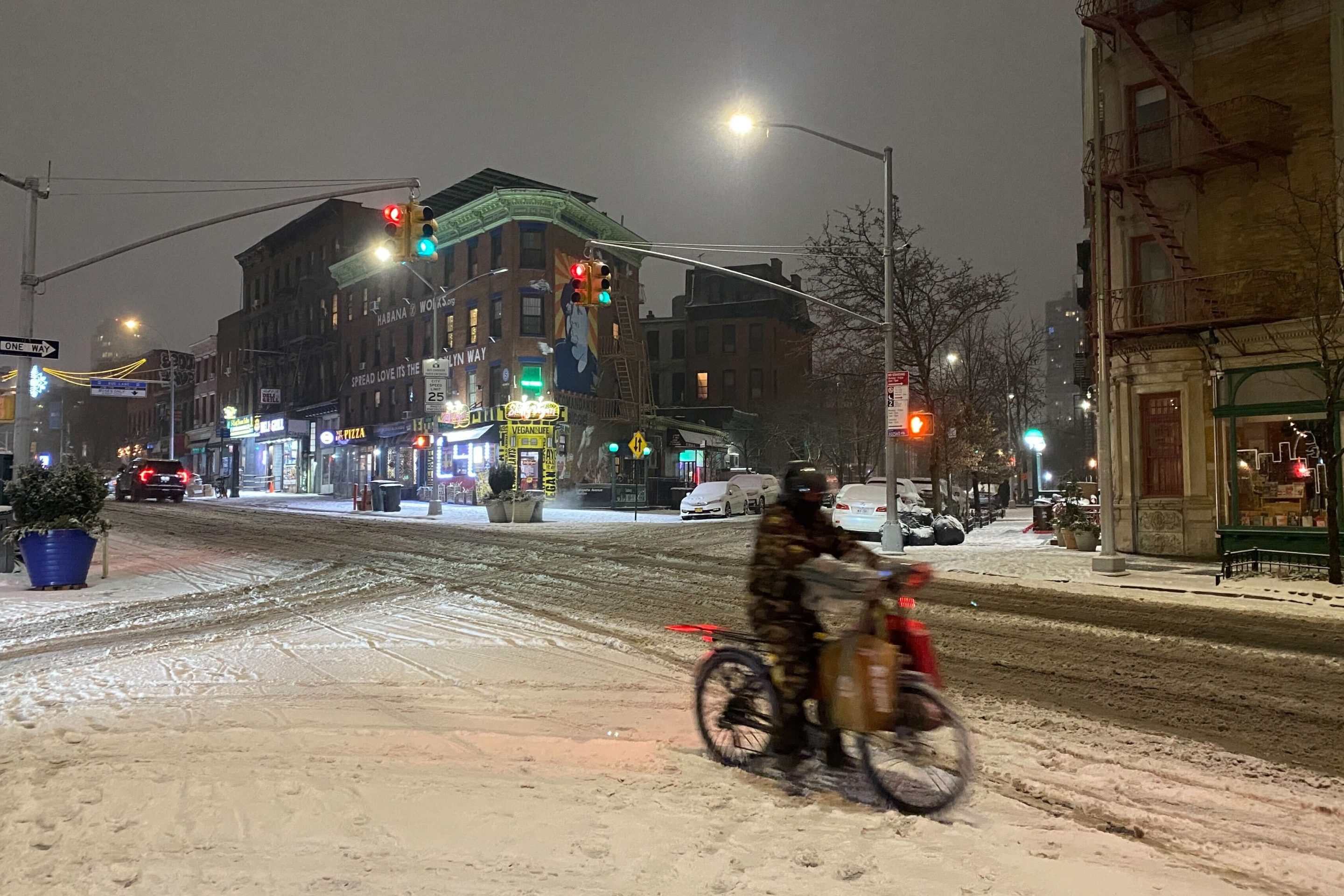Cyclists will finally get a legal path on the Henry Hudson Bridge between northern Manhattan and the Bronx, as part of a $20-million project by the Metropolitan Transportation Authority.
The MTA plans to close the narrow walkway on the western edge of the bridge's lower level this fall to build out an eight-foot path by the end of the year, allowing bike users to pedal instead of walk their two-wheelers.
The project on the 87-year-old double-decker, steel arch, toll bridge is part of the Authority’s plan to make three of its spans more accessible to pedestrians, cyclists, and micromobility users, which includes similar overhauls at the Cross Bay and the Triboro bridges.
“The MTA has made great progress in planned capital improvements to pedestrian and bike accessibility on bridges with work underway to make three bridges fully accessible,” MTA Construction and Development President Jamie Torres-Springer said in a statement.
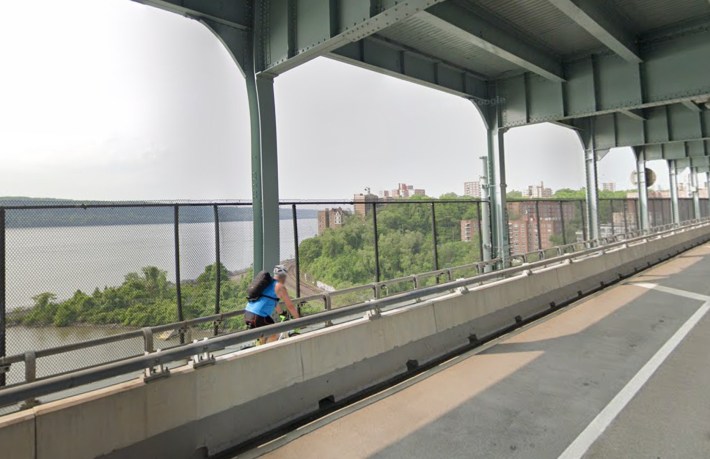
The agency will also build a cantilevered ramp on the southern end connecting to Inwood, allowing better access for people in wheelchairs, along with a rehabilitated exit on the Spuyten Duyvil side at Kappock Street.
While the path is closed, the MTA might offer a free shuttle bus from Dyckman Street for cyclists and pedestrians for six weeks, a city Parks Department planner told Manhattan Community Board 12 earlier this week, but the state transit authority said it is still finalizing those plans.
Some cyclists use the bridge across the Spuyten Duyvil creek, but many more don't bother because the path is “one-person wide,” said Inwood cyclist Allegra LeGrande. She's excited that the agency will create more room for both non-car bridge users.
“If they build it they will come,” LeGrande said. “People up in Riverdale would love to have bike infrastructure to connect into Manhattan. Right now, the Henry Hudson is their only connection into Manhattan, but it’s not a great connection.”
The work should prompt city agencies like the Parks Department to improve the patchwork of bike paths in the area, a longstanding concern for cyclists uptown and across the river, LeGrande said.
“This is throwing the gauntlet down to the Parks Department to finish its own infrastructure,” she said.
The bridge currently connects to the Hudson River Greenway via steep switchbacks and a bridge with a set of steps over the Amtrak tracks. Further south closer to the George Washington Bridge, the greenway runs along the shoulder of the Henry Hudson Parkway, but has been caving in for years, and another bridge over the railroad tracks leading down to the Little Red Lighthouse has been deteriorating for a decade and a half with the city failing to fix either.
Locals and transportation experts have long pushed for a two-way protected bike bike path in the roadway of the parkway, which could continue to the three-lane, upper level of the bridge.
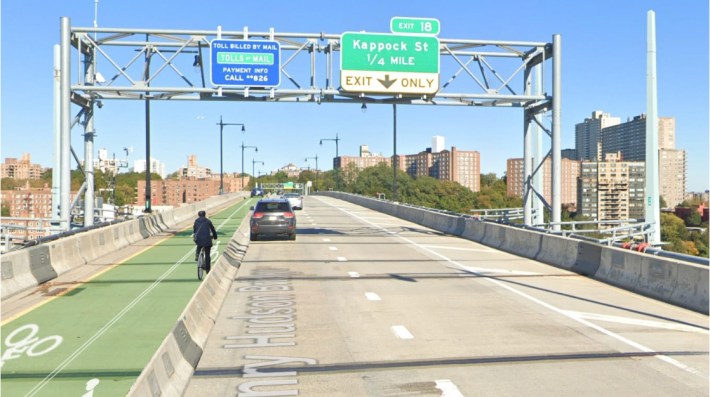
That could negate the need for building a wider walkway below and solving the sinking portion of the greenway on the shoulder of the highway closer to W. 181st Street, LeGrande noted.
The MTA would have to work with the state's Department of Transportation, which operates the parkway, in order to continuously remove a lane of traffic on the bridge and the parkway.
The bridge originally opened in 1936 with just one deck, but officials added the upper level within a year and a half to accommodate more car traffic. However, the MTA closed one lane during a $33-million, three-year rehabilitation in 2011.
The Department of Transportation is currently doing a $93-million rehab of the Broadway Bridge to the east set to wrap in 2027, and will include a bike lane connecting south on 10th Avenue beneath the elevated train No. 1 subway tracks.
That project and the Henry Hudson Bridge overhaul will allow cyclists access to greenways on both the east and west sides of Manhattan at the island's northern end.


